Late last year, the Experimental Aircraft Association (EAA) published a list of Letter of Deviation Authority (LODA) holders. A LODA is something that an FAA certified flight instructor (CFI) applies for when he or she would like to instruct in an Experimental/Amateur-Built aircraft.
Normally, renting an Experimental aircraft to a student—even while conducting dual training in that aircraft—is not allowed by the FAA. But in the cases of transition training or training in unique aircraft, the FAA provides for the issuance of LODAs for instructing. The key words are “provides for.” Unfortunately, the actual LODAs are not being issued as needed, due to a confusing process that even FAA inspectors don’t always understand. It also doesn’t help that some FAA inspectors aren’t familiar with light aviation.
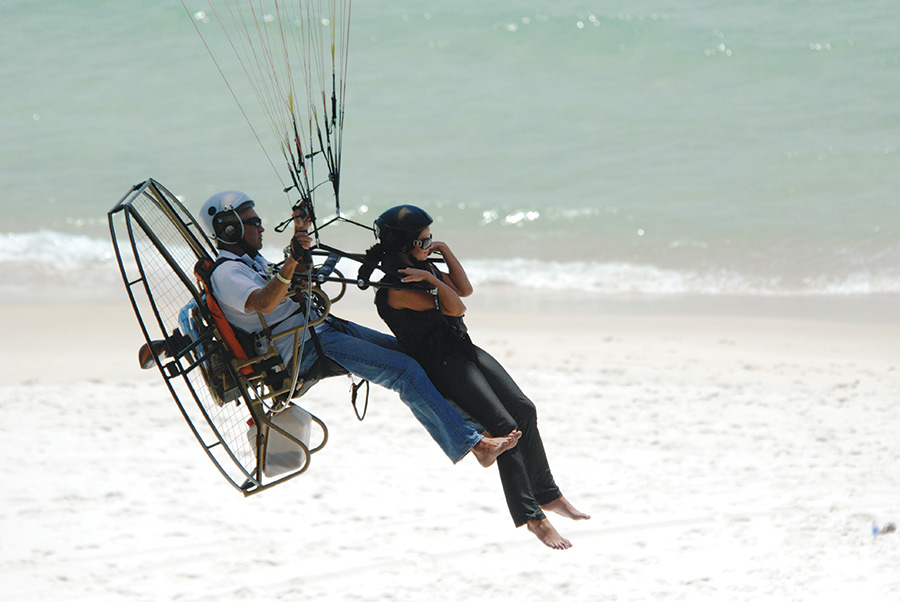
“Look Ma, no LODA!” If you are an instructor flying foot-launch ultralights, you don’t need a LODA, an FAA flight instructor certificate and Experimental airworthiness certificate, or even an FAA’s pilot’s license. That’s because the FAA understands that flight training is still required for safe operations and issues an exemption for that work to the USPPA.
By the Numbers
The proof is in the raw numbers. Despite the need for LODAs in many categories and types of aircraft, including airplanes, powered parachutes, weight-shift-control trikes and, most importantly, gyroplanes, at present only 78 LODAs have been issued for all categories and models of aircraft.
That number is already scary small, but when you break it down by category, you can see that all of the aircraft categories are poorly represented. More airplane LODAs are issued than anything else, but still there are only 35 LODAs for that category. Gyroplanes are prohibited by regulation to have SLSA (Special Light Sport Aircraft, factory-built). That means the only realistic way for gyroplane CFIs to train is with a LODA. Unfortunately, there isn’t even an authorized LODA-issued trainer for each state, much less each FSDO region.
If you add in the other possible category of aircraft that can be used as training aircraft for ultralights and Light Sport, the potential numbers of trainers start looking a lot better. The number looks especially good for the airplane category, with 1901 land planes built and certified as SLSAs, which can be used for rental and training.
The key word in this case is “potential.” That’s because there are two things going on in the SLSA world. The first is that most of those potential trainers are going to private owners who have no intention of doing flight training. The one winning aspect of SLSA is that pilots can buy and fly a sort of “GA light” without a third-class medical, which has helped create and build that market for Light Sport. But that doesn’t do a lot to mitigate the training needs in the community.
The other “problem” with SLSA (and this is in quotes because it really isn’t a problem for the SLSA themselves) is that the large majority of them do not fly like ultralight airplanes or the ultralight trainers that became popular for a couple of decades, were built as kits, used for trainers under an exemption and are now largely sidelined for training purposes by the Sport Pilot rules. The aircraft may not be permitted for use as trainers, but they remain popular (and inexpensive) in the form of Experimental/Amateur-Built (E/AB) kits that can still be flown by Sport Pilots. It is just difficult to find training in these types of aircraft.
Recognition of Need
It isn’t just another random act of good will on the part of the EAA that the LODA list was published (you can find it at www.eaa.org/govt/loda.asp). Creation of the list was originally recommended by the National Transportation Safety Board (NTSB). It was one of several recommendations made as part of its study, “The Safety of Experimental Amateur-Built Aircraft,” published in May 2012. Publication of this list was one of four safety recommendations made by the NTSB directly to EAA.
This explicitly shows the value that the NTSB has placed on training provided by CFIs flying Experimental aircraft. Of the seven broad areas of recommendation to both the FAA and the EAA, focus on training was included in two. And it was probably underrepresented at that. But the two NTSB recommendations that show the value of training were:
•Improve pilots’ access to transition training
•Support efforts to facilitate transition training
What is interesting is that the NTSB was narrowly focused on preventing accidents in E/AB aircraft. Experimental Light Sport, Special Light Sport, ultralights, powered parachutes and trikes were not included in the review because most of them are not actually E/ABs, despite sharing similar designs and challenges. The problems for such aircraft include not just transition training, but also primary training. The simple fact is that there aren’t enough CFIs to go around in the specialty aircraft, and many of them are sidelined because they cannot get a LODA in order to actually instruct.
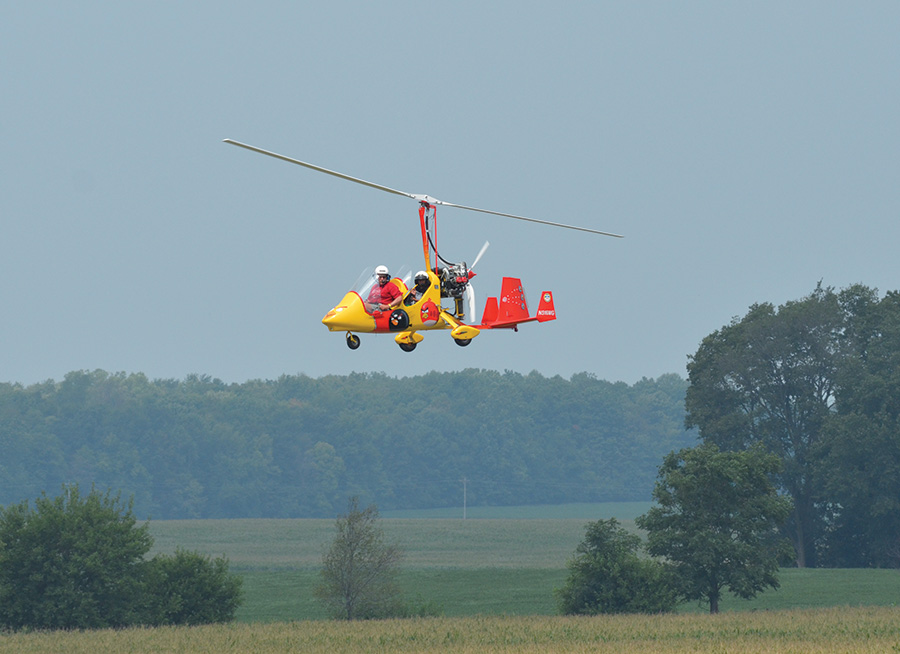
A critical part of the flight-training process is when the flight instructor allows the student to solo. The first solo flight should be in the same aircraft that the student has flown dual in, which is why there should be rental of Experimental aircraft for training purposes.
The Problem(s)
So why aren’t CFIs getting LODAs? There is more than just one big reason, but if you had to identify a single factor, it is that the FAA has created requirements and a process for getting a LODA that is unnecessarily burdensome. If you want to reduce an activity, two great ways to do so are to regulate it or tax it. If the FAA wants to encourage CFIs to instruct, it should get into the business of reducing barriers instead of setting new ones up. You would like examples? OK.
The regulation for obtaining a LODA is simple and runs just over 100 words:
§91.319(h) The FAA may issue deviation authority providing relief from the provisions of paragraph (a) of this section for the purpose of conducting flight training. The FAA will issue this deviation authority as a letter of deviation authority.
1) The FAA may cancel or amend a letter of deviation authority at any time.
2) An applicant must submit a request for deviation authority to the FAA at least 60 days before the date of intended operations. A request for deviation authority must contain a complete description of the proposed operation and justification that establishes a level of safety equivalent to that provided under the regulations for the deviation requested.
This simplicity is deceptive. The FAA publishes a follow-on order (which, unlike a regulation, is not subject to comment by the public) that adds lots of words and restrictions to the process. The additional 2000+ words are meant to clarify the process for FAA staffers. However, the additional words and a corresponding Web-based Operations Safety System (WebOPSS) don’t do enough to clarify the system and in fact give FAA staffers a bureaucracy to hide behind if they don’t want to make the effort to issue the LODA.
One safety inspector in the DuPage, Illinois, Flight Standards District Office (FSDO) recently received a request for a LODA from a gyroplane CFI in his district. He refused the application. In fact, there are no actively instructing gyroplane LODA holders in the state of Illinois, according to the EAA list. So when a potential pilot could not find a local CFI for gyroplane flight training, he attempted to teach himself to fly and literally died trying. This is an extreme and unfortunate example of the danger the FAA and FSDOs put the flying public in when they discourage flight training.
Other safety inspectors have turned down LODA applications for a variety of reasons. The most creative? A safety inspector in San Antonio, Texas, held up a LODA application because he wanted proof that the CFI (Dayton Dabbs) had access to an “environmentally enclosed” classroom for ground training, along with a letter from the aircraft manufacturer stating that two presses on the sleeves for the rudder cables were adequate. This is a little better than his original opinion, which was that the gyroplane was unstable and that he would rather fly in a “hydrogen blimp” than a gyroplane. The inspector retracted his comments about the safety and stability of the gyroplane after doing some research.
Which brings us to another problem with the LODA process. Safety inspectors often have little real-world experience with the kinds of aircraft for which LODAs are being requested. The inspectors may not have even flown in one and are not qualified to judge a training program for the category, make or model of the aircraft in question. However, the LODA process requires that CFIs provide training plans and other documentation with the LODA application. Never mind that the CFIs already are—wait for it—FAA-certified flight instructors in the category. In other words, they have already been trained, tested and ultimately certified by the FAA to conduct flight training.
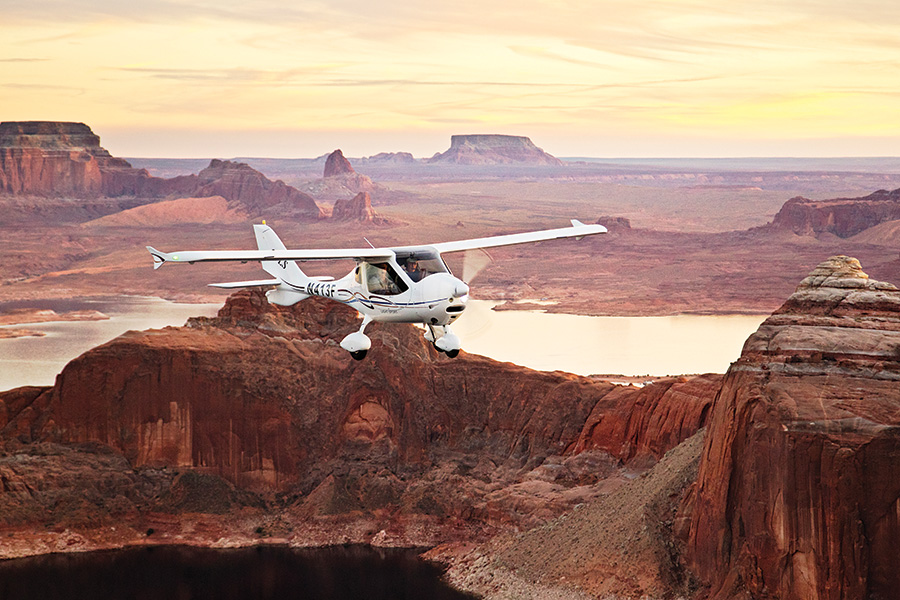
Light Sport Aircraft for trainers? You bet! But this slick composite CT bears little resemblance to many ultralights and Experimental aircraft in either appearance or flight characteristics.
Paradigm Shift Required
The FAA is aware that a problem with LODAs exists and that the process needs repair. But there are boundaries they need to work within. As Safety Inspector Mark Giron explained, “Considering that the LODA requirement is regulatory for being compensated for the use of an Experimental aircraft for flight training, and the fact that it is difficult (though not impossible) and time consuming (though worthy of that time if necessary) to amend regulation, what would you recommend for a process by which the FSDO would issue the LODA? In other words, if you could draft the perfect process, what would it look like?” So the goal is to work within the current framework to solve the problem quickly. Changes in regulations are possible, but could take years.
I believe that the tools already exist for a robust training program that takes advantage of CFIs who are capable and willing to train in Experimental aircraft. The FAA has a long-running policy of separating “carrying persons or property for compensation or hire” (§91.319(a)(2) being the exact regulation of concern) from the benefits of flight training. There are several reasons for this.
The first example is the Sport Pilot rule itself (§61.315(c)(2))! Under the list of Sport Pilot limitations, it states, “You may not act as a pilot in command of a Light Sport Aircraft for compensation or hire.” However, Sport Pilots who are also CFIs do this all the time, with the blessing of the FAA. You might wonder if there is something in the privileges and limitations of a Sport Pilot CFI that says a CFI can “carry persons or property for compensation or hire.” Me too. So I looked. If it’s in there, I haven’t seen it. §61.413 says a Sport Pilot CFI can “provide training and logbook endorsements for” a whole host of activities, but it doesn’t specifically say that a CFI can get paid for it. Of course, that is implied by the regulation. Or maybe that’s what the FAA means by “provide.”
Provide is the same term used in §91.319(h), so a less conscientious writer who already made his word count might stop there. However, the lowest rating that specifically allows a pilot to “carry persons or property for compensation or hire” is actually a commercial rating. Yes, a rating that isn’t even available for weight-shift-control trikes or powered parachutes. And “regular” CFIs need to get that commercial rating before they can instruct. However, they don’t need a second-class medical to instruct; a third-class medical will do. So while a third-class medical won’t do for carrying persons or property for compensation or hire, it is just fine for flight instruction.
Another example worth noting is the training exemption to Part 103. Before 2008, many of the Sport Pilot instructors of today were operating as exempt Part 103 instructors. There was no regulation that allowed for Part 103 instructors and the aircraft weren’t certified, but the FAA recognized the need and allowed instructors to operate. And that isn’t just the past tense. The foot-launch ultralight world still has FAA exemptions held by organizations such as the United States Powered Paragliding Association and the United States Hang Gliding and Paragliding Association. There isn’t anything in the regulations allowing for flight instruction in two-seat ultralights, but it makes good sense from a safety point of view.
The “carry persons or property for compensation or hire” is not an iron-clad rule when it comes to training, and (I like to think) for good reason. So the key is to focus on training requirements, because training really is the foundation of safety. Anything that stands in the way of flight instruction is also getting in the way of safety.
A Solution
The solution is simple. Yes, the regulations require a LODA in order to charge for an aircraft for training. But the regulations don’t require a huge amount of complexity. The complexity was added in later, and it needs to be reduced. After all, the regulations simply say: “The FAA may issue deviation authority providing relief from the provisions of paragraph (a) of this section for the purpose of conducting flight training. The FAA will issue this deviation authority as a letter of deviation authority.”
The regulation does not say that the application has to be one page, 10 pages or weigh 2 pounds. It does say “complete description,” but a complete description can be done in a paragraph or two. A complete description doesn’t require lesson plans, maintenance plans, facility plans, environmental-impact statements or an equal-opportunity hiring policy. It also doesn’t say that the LODA itself has to level a virgin forest to be printed out. A one-page request letter and a one-page LODA would meet the regulatory requirement. The KISS principle (Keep It Simple Stupid) really does work.
The local FSDO may or may not be part of the issuing process. It may be better to make it easier policy-wise for inspectors to issue the LODA than to not issue it. A LODA should be there for the asking unless a CFI has a poor training record. If a local inspector wants to deny a LODA, he should be required to provide a report detailing why he doesn’t think the LODA should be issued, and that report should be available to the CFI, along with the right to appeal the decision. That would keep local FSDOs in the loop, but encourage them to be helpful.
But the solution really requires a bit more than that. Flight instructors should be able to provide flight training for more than just transition training in Experimental aircraft, and they should be able to take a student all the way from student pilot status through at least the Sport Pilot level. This means being able to rent the student an Experimental aircraft for the purpose of solo training. As long as a student is progressing through the training and pursuing a rating, training aircraft rental needs to be in the picture. There are at least four reasons for this:
1) If a student has been receiving dual training in a particular aircraft, it is less safe to have them solo in a different aircraft. It especially defeats the purpose of training in a LODA aircraft when a student has sought out an instructor because the CFI offers flight training in a particular make and model that the student either owns or is planning on purchasing.
2) Solo flight is a big step, and we know it is common for students to desert their training programs. If the solo is made even scarier by forcing a student into an unfamiliar aircraft, more students will be lost at this critical juncture.
3) To make flight instruction viable, CFIs need to be able to provide a variety of training services. If a CFI can take a student only partway through the training, they won’t be doing their students much good, and they probably won’t be able to continue instructing for long. Remember, the goal is to get more CFIs actively working with Experimental, ultralight and specialty-category-aircraft students, students who in the past would be trained by exemption holders and not by the local CFI renting the airport’s C-172. That exemption system worked and may even be improved upon if the LODA system is overhauled.
4) CFIs should be given credit for what they have achieved. A CFI has invested time, money and considerable effort to share the gift of flight. Few are making a lot of money at it. Instead, they are doing it for the love of the sport. They already have the motivation and the skill set for providing safe training in safe aircraft. This should be acknowledged by the FAA.
Now Is the Time
The paltry list of LODA-holding CFIs points to a systemic problem with the FAA’s process for issuing LODAs. Confusing rules, inconsistent FAA safety inspectors and sometimes little benefit from the LODA itself all are contributing to a failure to let flight instructors help students achieve their flight goals. At best, this just discourages people, and they take up a different sport or hobby. At worst, it results in students self-teaching and ending up hurt or dead.
This is a problem that can well be solved within the scope of current regulations, and it should be solved as soon as possible.

![]()
Roy Beisswenger is the technical editor for Powered Sport Flying magazine (www.psfmagazine.com) and host of the Powered Sport Flying Radio Show (www.psfradio.com). He is also a Light Sport repairman and gold seal flight instructor for Light Sport Aircraft as well as the United States delegate to CIMA, the committee of the Fédération Aéronautique Internationale (FAI) pertaining to microlight activity around the world.

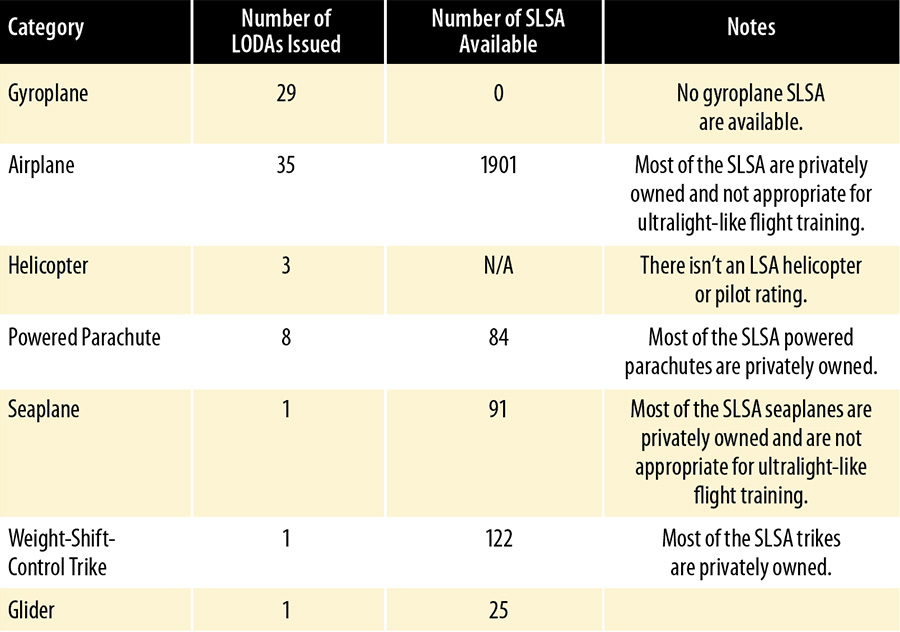
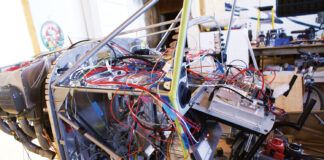
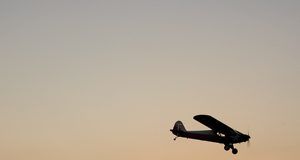
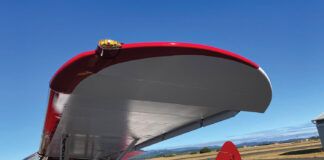
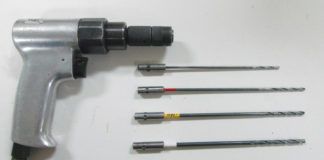
Excellent explanation on why a person is not able to see thru muddy water. Apparently the FAA legal department sent it’s finest lawyers to Florida to defend their CFI’s. The experimental issue/debate has been around for a long time. Throughout your excellent article I did not interpret where an OWNER of an “experimental” aircraft is restricted from receiving flight instruction in his/hers privately owned aircraft. Am I missing that? Follow on questions would be the impact on established flying clubs and the participation of the already rare DPE’s.
If one rouge judge can create this much complexity…. where is the appeal appeal?
A judge can change / alter FAA regulations…..really ?? As a so called professional in this industry that is very disturbing.